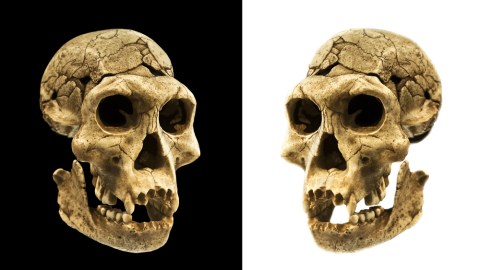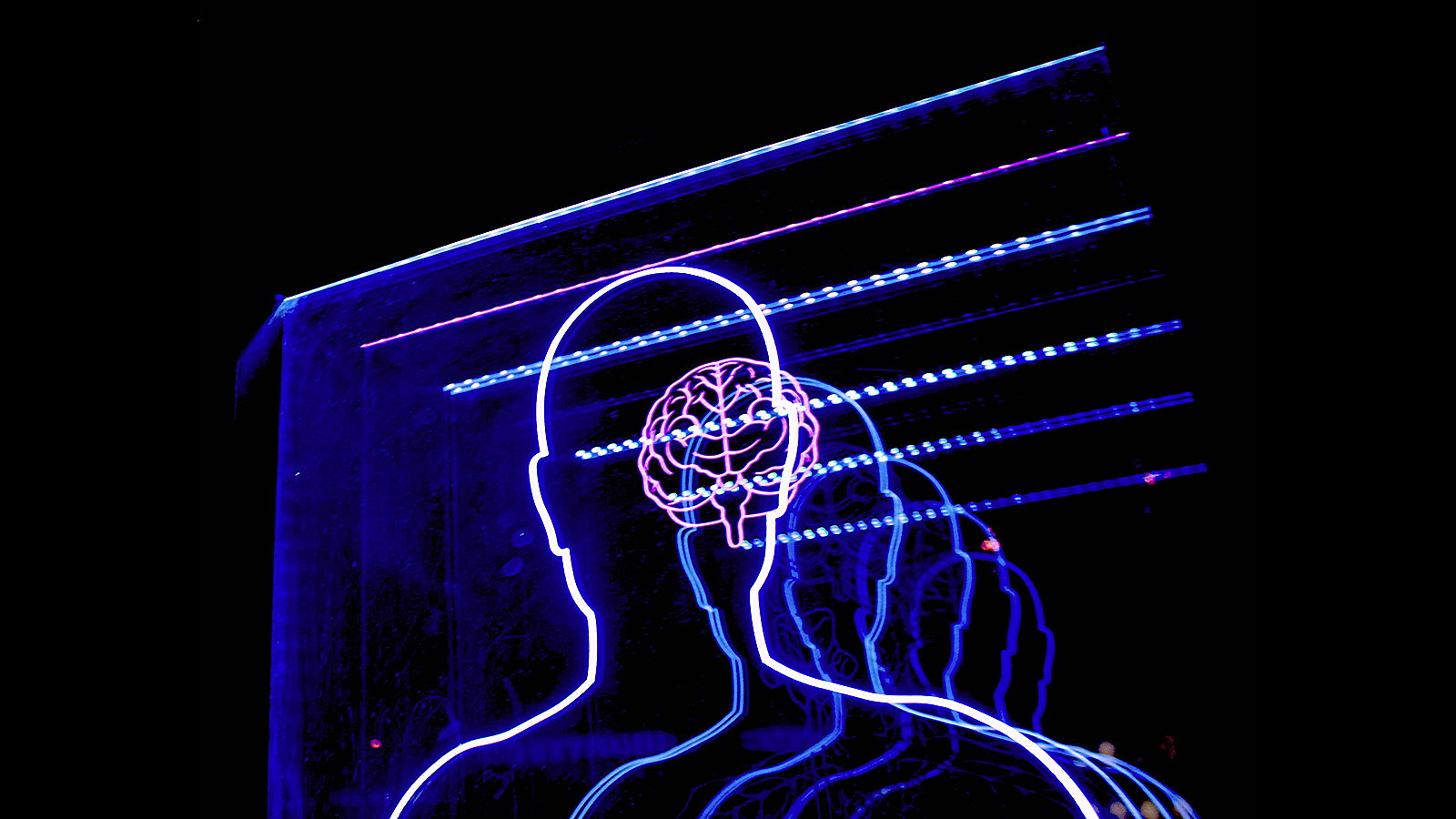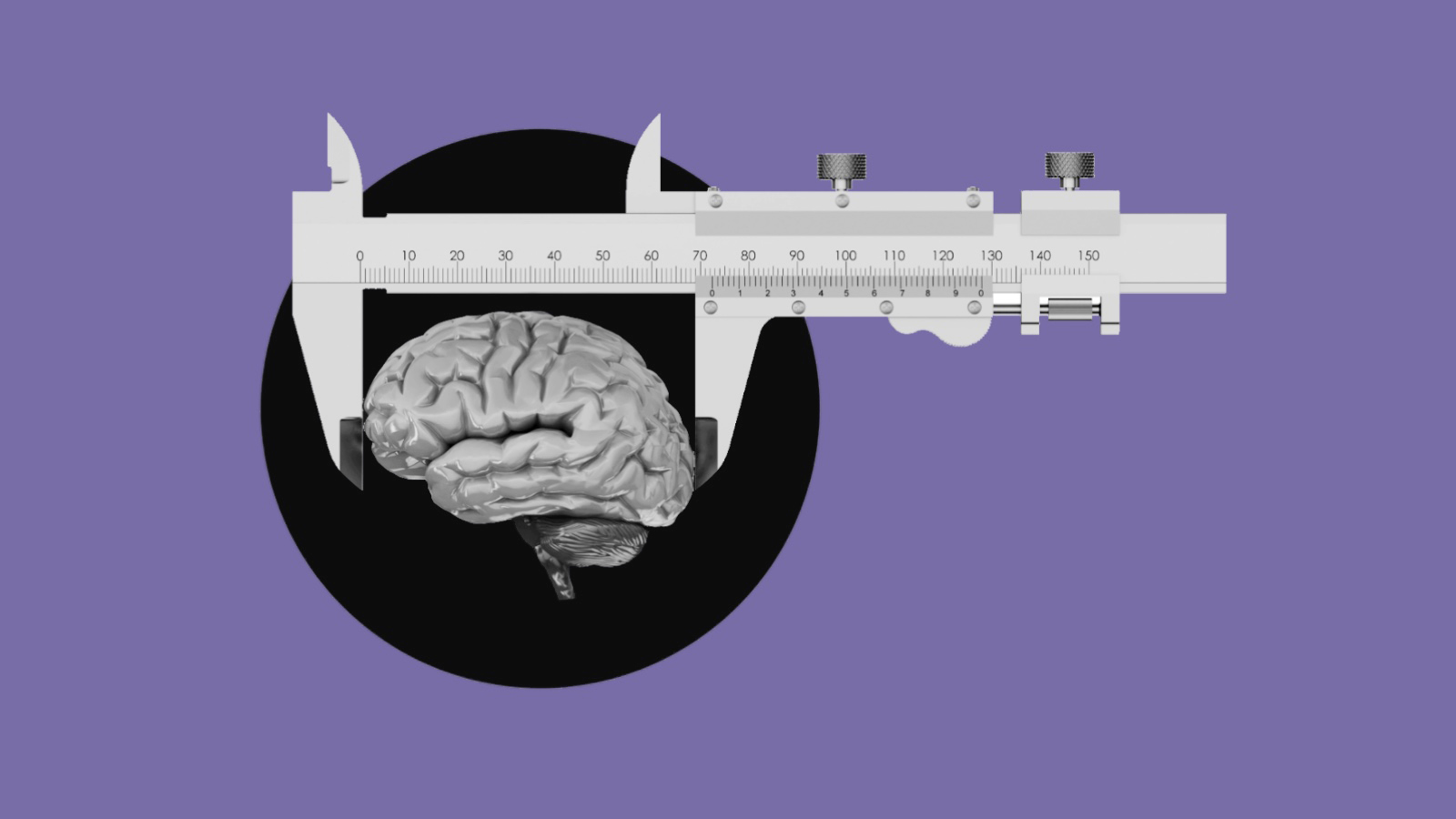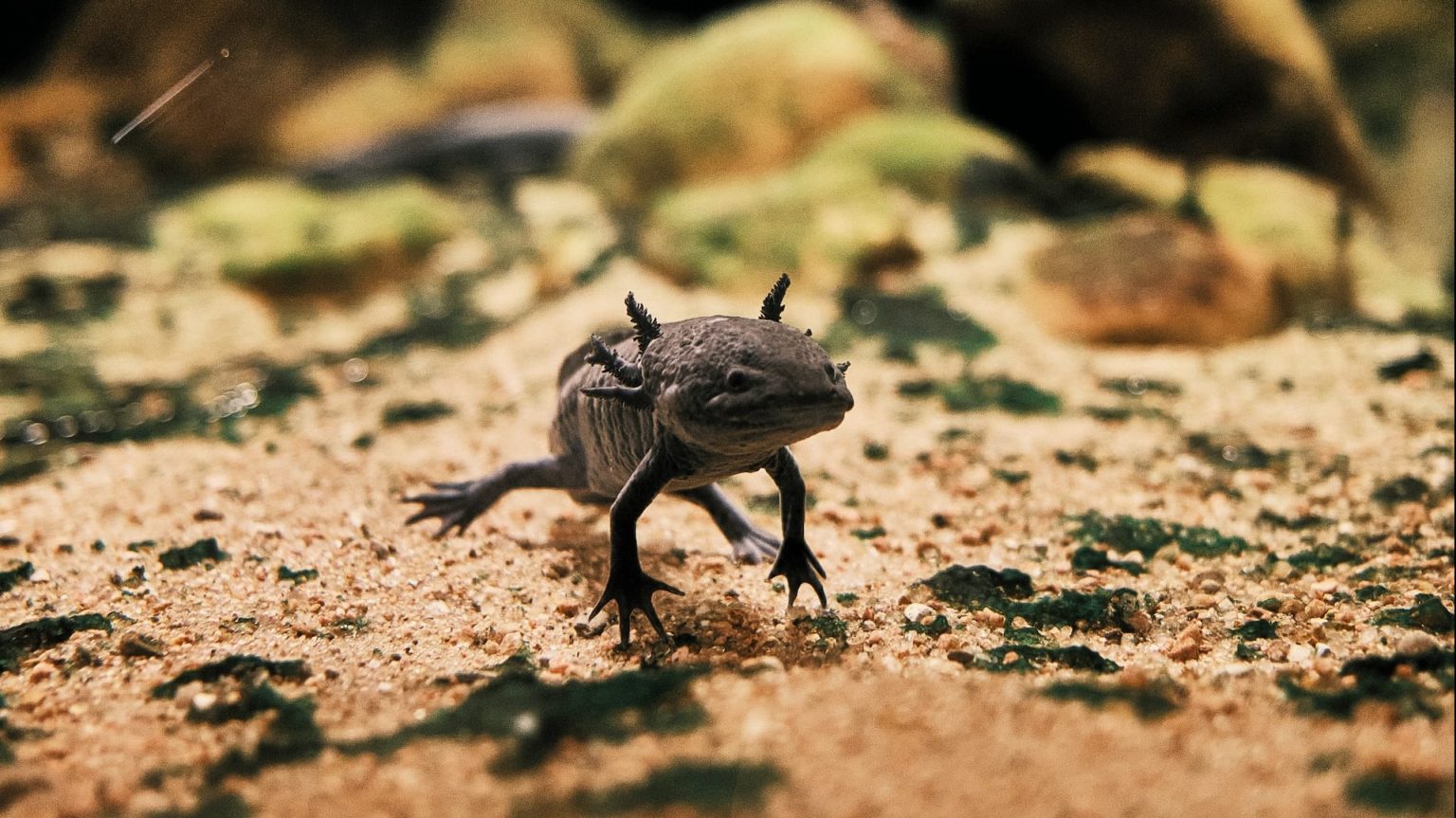How the Human Brain Has Evolved

What’s the Latest Development?
Thanks to recent archeological finds, scientists have gained a better understanding of our brain’s evolution by measuring the interior dimensions of ancient skulls. As a result, we now have better evidence about the volume of ancient brains and the relative sizes of major cerebral areas. “For the first two thirds of our history, the size of our ancestors’ brains was within the range of those of other apes living today. … During this time, Australopithecine brains started to show subtle changes in structure and shape as compared with apes. For instance, the neocortex had begun to expand, reorganizing its functions away from visual processing toward other regions of the brain.”
What’s the Big Idea?
Over the last 1.8 million years, our brain size has doubled from 600 ml to 1,200 ml or more, signaling a slow march upward in terms of cerebral volume. “As our cultural and linguistic complexity, dietary needs and technological prowess took a significant leap forward at this stage, our brains grew to accommodate the changes. The shape changes we see accentuate the regions related to depth of planning, communication, problem solving and other more advanced cognitive functions.” And while the past does not predict future evolution, “a greater integration with technology and genetic engineering may catapult the human brain into the unknown.”
Photo credit: Shutterstock.com
Read it at Scientific American





